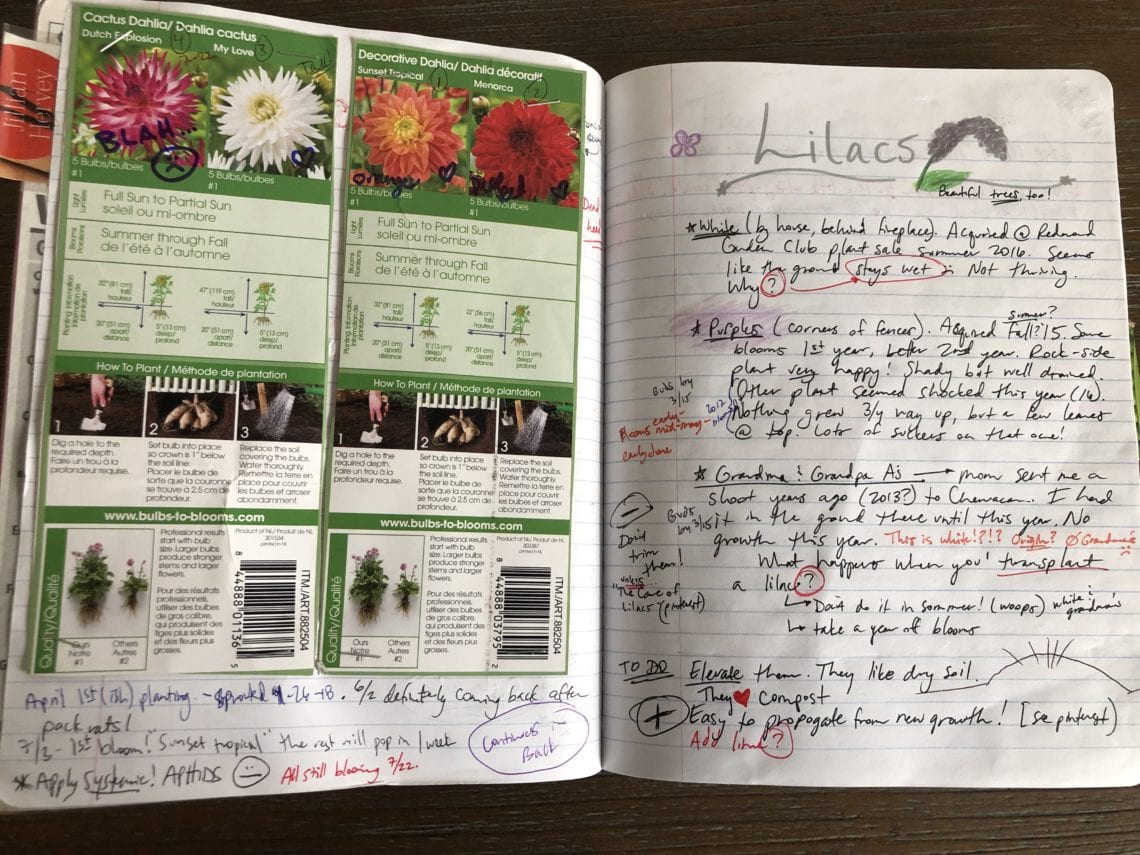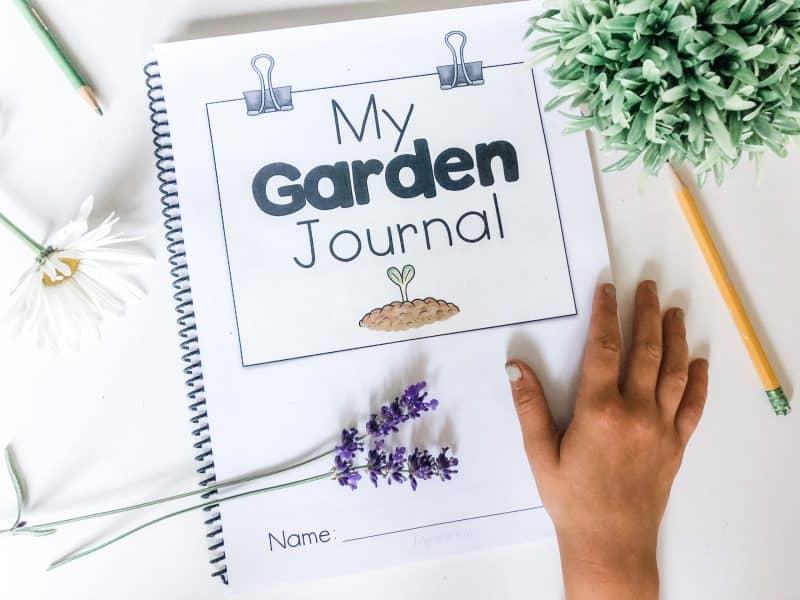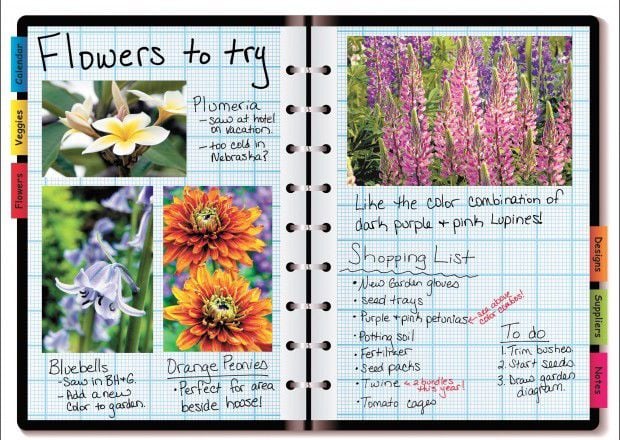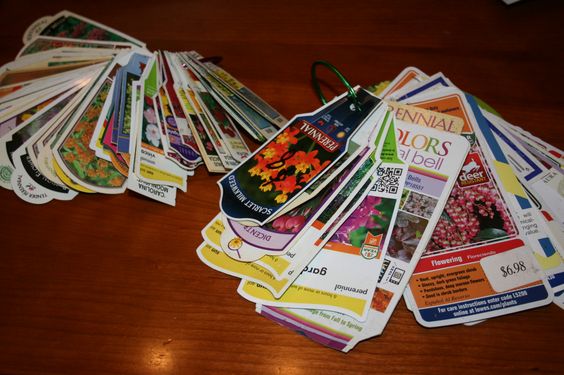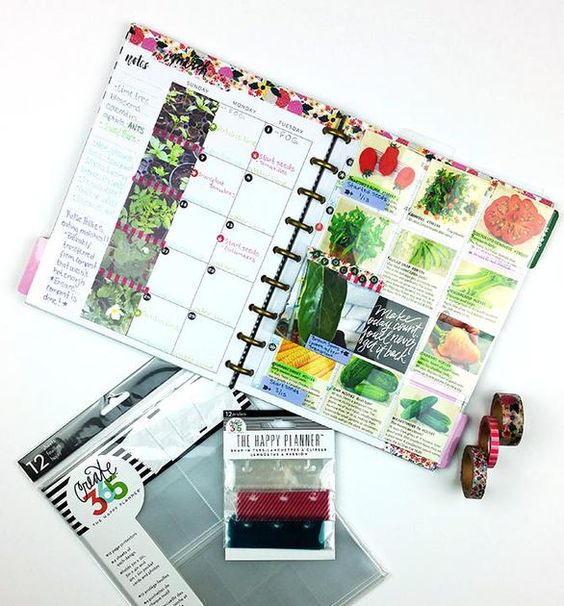A garden is a dynamic and ever-changing space, where each plant and flower tell a unique story. Keeping a garden journal is a delightful way to capture and chronicle the journey of your garden. Whether you're a seasoned gardener or just starting, a garden journal serves as a valuable tool for documenting your horticultural adventures, learning from successes and challenges, and creating a legacy of your green haven. It can help you to identify patterns in your garden that otherwise might not be detected.
Start by choosing a dedicated notebook or journal where you will keep important information for your garden. Your journal can be a pre-made garden journal or it can be as simple as a 3-ring binder with some sheet protectors or a calendar. You could even consider tracking your info electronically with some gardening software or even an app that you can use on your phone or tablet.
Whatever method you choose, it might be best to start simple so you will be more likely to stick with it. Then, once you discover the benefits, you can add more detail later.
What to Include in Your Garden Journal
- Plant tags and seed packets. It can be important to know what variety you have as well as recommended care instructions.
- Planting dates for seeds and plants.
- Source and cost information for seeds and plants.
- Weather information such as frost dates, rainfall, weather patterns, any unusual weather events, and even severe temperature fluctuations. Understanding how your garden responds to different seasons helps in planning future plantings.
- Plant information such as date emerging in spring, appearance of blooms, and harvest.
- Date and type of fertilizer used, if applicable.
- Wildlife observations.
- Photographs or Sketches of your plants and flowers
- Garden plan, including any diagrams and future plans. Sketch or map out your garden layout, including the placement of plants, pathways, and any structural elements. This helps in planning future designs and improvements.
- Keep track of crop rotation. You can probably recall last year's layout from memory, but how much further back can you honestly go?
- Pest and disease observations. It is important to keep a watchful eye on pests and diseases that affect your plants. Be sure to note preventive measures taken and the effectiveness of treatments. This information is invaluable for preventing and managing issues in subsequent years.
The act of journaling encourages you to spend more time observing and connecting with your garden allowing you to foster a deeper appreciation for the natural rhythms of plants and the environment. This allows you to learn from your experiences, identify successful strategies, and refine your gardening skills. You will then be able to use your journal to plan for the upcoming seasons. This proactive approach ensures a well-thought-out garden that evolves with intention.
Keeping a garden journal is not just about recording data; it's a journey of discovery and connection with nature. Whether you're a casual gardener or a dedicated enthusiast, this simple practice can enhance your gardening experience, turning it into a lifelong passion filled with memories and lessons from the garden. Start your garden journal today and watch your green space flourish in more ways than one.


